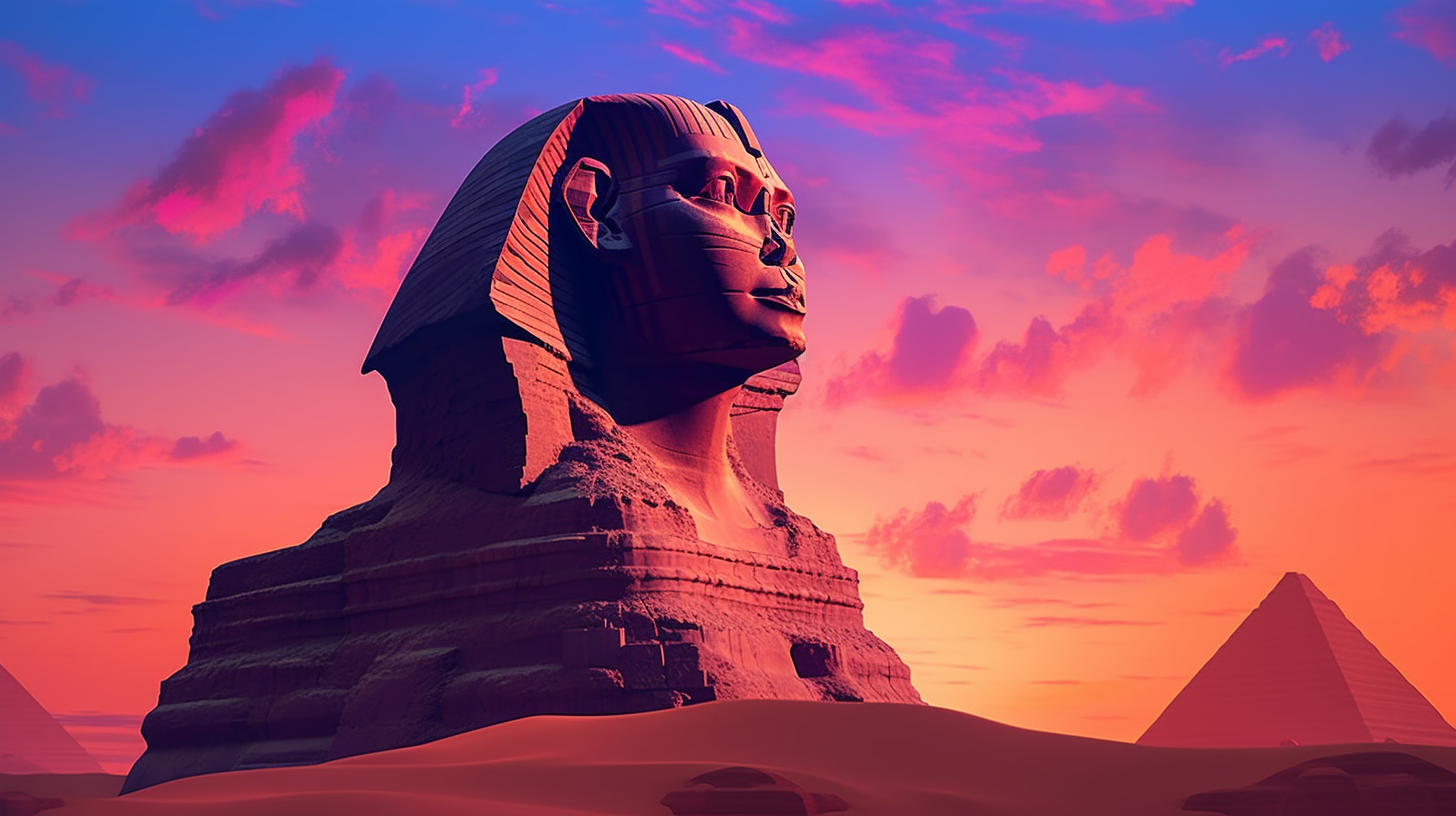Your Journey Awaits:
Within the vast expanse of Egypt, where time meanders like shifting sands, a mysterious protector stands firm, captivating the imaginations of countless generations. The fascinating Sphinx of Giza, featuring a lion’s body and a human face, continues to mesmerize archaeologists, scholars, and curious minds alike. This iconic symbol of ancient Egypt holds within it numerous undisclosed secrets, mysteries, and a plethora of unanswered questions. Explore the historical significance, varied theories surrounding its existence, and the ongoing quest to unravel the secrets of this timeless wonder in the narratives to come.
A Tribute to Ancient Artistry:
Legend has it that the Great Sphinx was sculpted during the reign of Pharaoh Khafre in the Fourth Dynasty of the Old Kingdom, circa 2500 BCE. Carved from a single limestone block, this colossal figure rises to an impressive height of 20 meters and spans a length of 73 meters. The primary reason for its creation remains a subject of speculation, fueling diverse hypotheses throughout the ages.

Symbolism and Interpretations:
One prevalent belief suggests that the Sphinx acts as a guardian of divine wisdom and insight. The human face, often associated with Khafre, may symbolize the pharaoh’s divine inspiration and his function as a mediator between the earthly and celestial realms. Conversely, the lion-like body represents courage, dominion, and safeguarding. The Sphinx’s orientation towards the east aligns with the sunrise and the cycle of rebirth, embodying eternal life within the ancient Egyptian belief system.
Riddles and Conundrums:
Despite centuries of scrutiny surrounding the Sphinx, many enigmas still shroud this ancient marvel. A captivating puzzle lies in the distinctive erosion patterns evident on its facade, particularly the pronounced weathering on its flanks. These patterns have sparked various hypotheses, with geologist Dr. Robert Schoch proposing an earlier origin for the Sphinx, dating it back to a wetter period in Egypt’s past. This challenges the common belief of the Sphinx’s construction during the Old Kingdom.
Moreover, the absence of inscriptions or direct textual ties connecting the Sphinx to its creators adds to the mystery. While numerous ancient Egyptian structures bear inscriptions or hieroglyphs providing insights into their makers or purpose, the Sphinx remains a mysterious anomaly.
Modern Scientific Endeavors:
Contemporary technologies have introduced fresh approaches to unveil the Sphinx’s mysteries. Surveys utilizing ground-penetrating radar and non-intrusive methods have been employed to explore potential hidden chambers or passages beneath the edifice. A notable study conducted by Dr. Mark Lehner in 1991 revealed intriguing anomalies beneath the Sphinx’s paws. Further investigations are crucial to expose the concealed secrets lying beneath the desert landscape.
Preserving the Heritage:
Safeguarding the Great Sphinx for future generations is imperative. Environmental factors such as humidity, pollution, and rising water levels have posed threats to the monument over time. Recognizing its historical significance, conservation and protection efforts have been launched to preserve this iconic representation of ancient Egypt’s splendor.
Closing Thoughts:
The Great Sphinx of Giza continues to enchant us with its majestic presence and enigmatic allure. As we unravel its ancient origins and contemplate its significance, we are reminded of the unparalleled skill and artistry of our ancestors. Ongoing explorations, combined with technological advancements, hold the promise of shedding light on the mysteries surrounding this enduring guardian. Amidst the ever-evolving world and shifting sands, the Sphinx stands as a timeless testament to humanity’s relentless pursuit of knowledge, resilience, and unquenchable curiosity.
